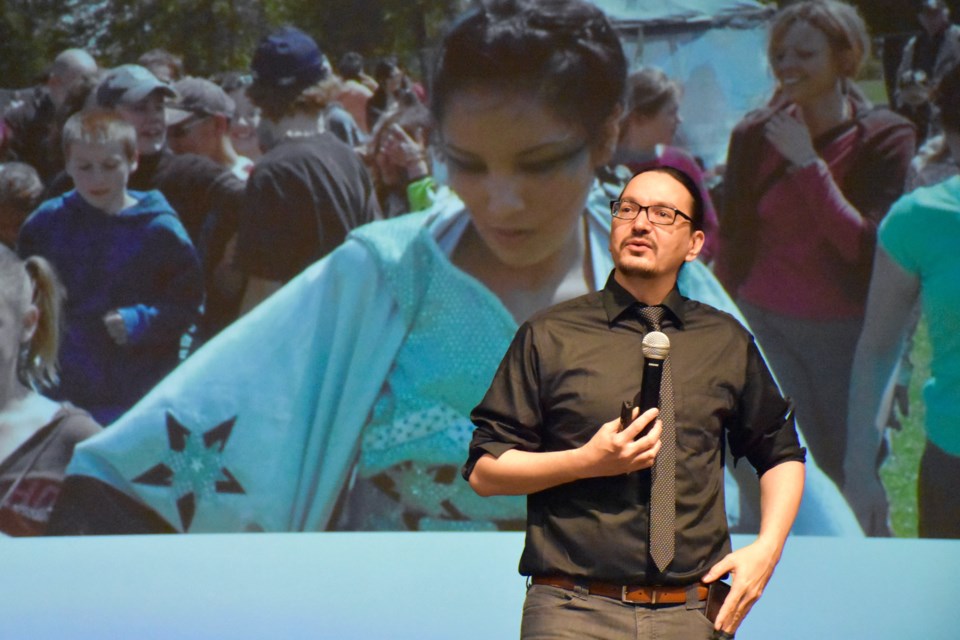Working towards reconciliation, schools have something powerful to offer, according to Kevin Lamoureux.
After a presentation with District School Board Ontario North East (DSBONE) staff today, Lamoureux explained how reconciliation, at its core, is about education and that young people have “an incredible ability to create change.”
“It’s one of the key points that I had hoped to make, that whenever we are disappointed or frustrated with the world around us, that we can find our hope in the good work that kids are doing. The spirit of youth, that energy and enthusiasm...that’s a significant thing,” he said.
Many of the calls to action in the Truth and Reconciliation Commission, he said, are about education and awareness.
“And if that’s true, then what that means is that schools...are places of reconciliation, or can be. And if we combine those two things, reconciliation as being an education exercise and the ability of youth to create change, we have something powerful here. We have a magic here to leave behind a better Timmins and surrounding area than the one that we inherited,” he said.
It’s the second time Lamoureux has talked to DSBONE teachers, first visiting last year to talk about Canada’s history with Indigenous people and the path forward.
The discussion on reconciliation and how to take meaningful actions towards it continued today.
With teachers spending so much time with students, he said it’s important empower them, which will in turn inspire young people.
“We recognize that in Canada, the main weapon used against First Nations children was education, it was residential schools and the policies that created them,” he said. “Where school was once used as a weapon against kids, our schools can become places of healing, places where all of our children can feel empowered and feel like they can be transformative.”
Over the past year, he said there’s been progress.
“There’s so much to be proud of. And I think that some of the biggest changes that we’re seeing socially are really beginning with schools and with education,” he said.
He noted youth can challenge the status quo, reimagine business, and challenge misunderstandings.
“We are going to witness huge advances in reconciliation. And we’ll see setbacks and frustrations, but we will see huge advantages and when history looks back, we’ll be able to recognize that a lot of that began in schools,” he said.
DSBONE Indigenous system lead Elizabeth Innes said Lamoureux’s message resonated and was a continuation of last year’s presentation.
“We have a responsibility as educators to make sure that the truth comes before the reconciliation part and so with our senior admin, with our team of leaders at the board level, it’s a priority for them. When our teachers see that it’s a priority for our leaders they understand that they have a responsibility to do that in our classrooms,” she said.
This year, she said the board has also increased the number of Indigenous student advisors from three to 11.
“I think it was just a reaction to the new leadership in the board noticing where our students are and what can we do to further them ahead, what do they need specifically to cross that stage to graduate and to have a positive future story,” she said.



